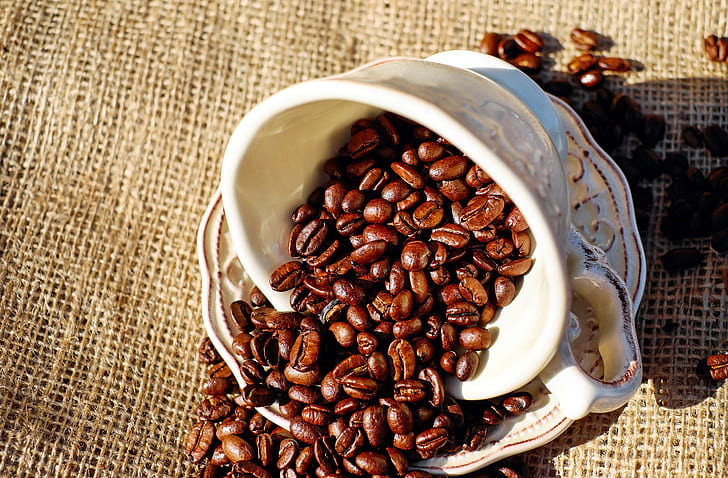We always have new opportunities to form good habits, but a new year feels like a great time to explore our practices. In this article of Young Sustainability by former SHADOW Intern, Isabella Boparai, she explores the negative effects of coffee on rainforest and ways for us to reduce our impact. Join us for January’s renewal and a year of possibilities to further habitat conservation!
We’ve all had the days that we rely on coffee to give us a little pick me up throughout the day. Either we were up late or simply don’t have the will to go through the busy day. Coffee is a popular drink regardless of the weather and can be perfect as a source of energy. Many of us either make our coffee or stop at a local coffee shop to pick up drinks. However, numerous large coffee industries negatively impact the environment. Many big coffee industries use monocropping and deforestation, which leads to soil erosion and water pollution.
Each coffee cup consumed destroys roughly one square inch of rainforest making it a leading cause of rainforest destruction. Many large coffee industries chose to grow specific coffee plants that have been tailored to produce nearly three times as much coffee as a normal shade-grown coffee plant. Consequently, as the coffee industry grows, the production of sun-grown coffee plants increases, resulting in a greater loss of the rainforest. In the 1950s, approximately 15% of the earth’s surface was covered by rainforest. And today only 6% of the earth is covered by rainforest. The remaining 6% of the rainforest could be destroyed in the next 40 years since more than 200,000 acres are burned each day to clear land. Deforestation is harmful because it decreases the biodiversity of wildlife and plants. When land is deforested, many habitats are left altered and become unsuitable for species. To add, when forest areas are lost, there is a large decrease in the amount of air moisture and soil composition. Soil erosion is another consequence of deforestation.
Fertilizers used by many coffee industries are high in nitrate which easily goes into the nearby water sources, this decreases the oxygen supply in the water which in turn kills the aquatic life.
I’m not suggesting that you give up your beloved cup of coffee in the morning. Instead, I’m urging you to consider the way the coffee beans are grown and how they are cultivated. Sustainable coffee production means they used better crop management and water use practices. Companies might use pheromone boxes to get rid of insects instead of fertilizers. Most importantly the coffee is grown in the shade. Shade-grown coffee gets many nutrients from the shaded trees. The trees also help the surrounding soil, natural predators, and control coffee pests. Typically, shade-grown coffee is less susceptible to pests and growth issues. Luckily, many sustainable coffee brands sell their eco-friendly bags of coffee online. Additionally, many sustainable coffee shops are located around the Evergreen state. Places like Grounds for Change, Red Leaf Organic Coffee, Better Living Through Coffee, Boon Boona, and Café Ladro are all great places to get your coffee if you’re looking for a more sustainable option.
Enjoying your cup of coffee while helping the planet is simple! Before buying coffee, check how it’s sourced and evaluate if there are better options available.



Recent Comments